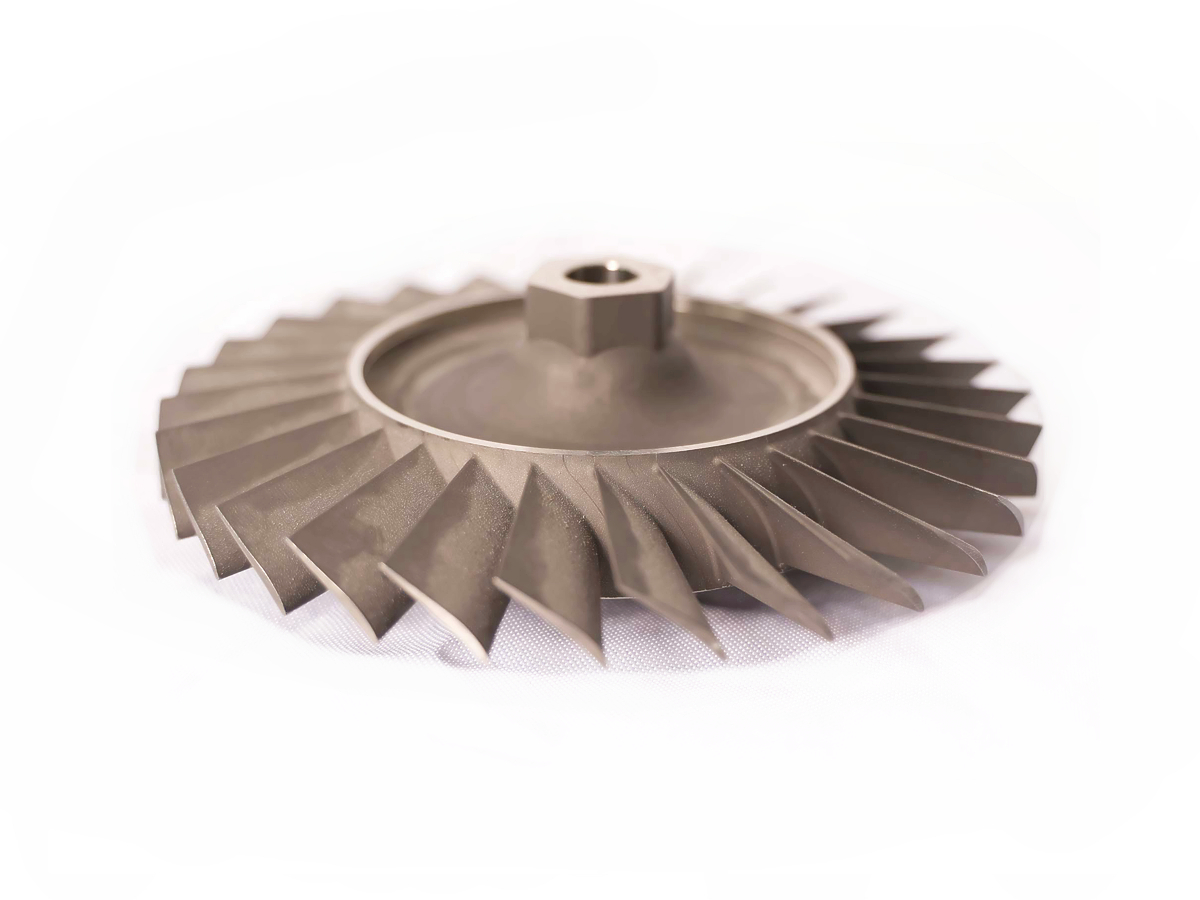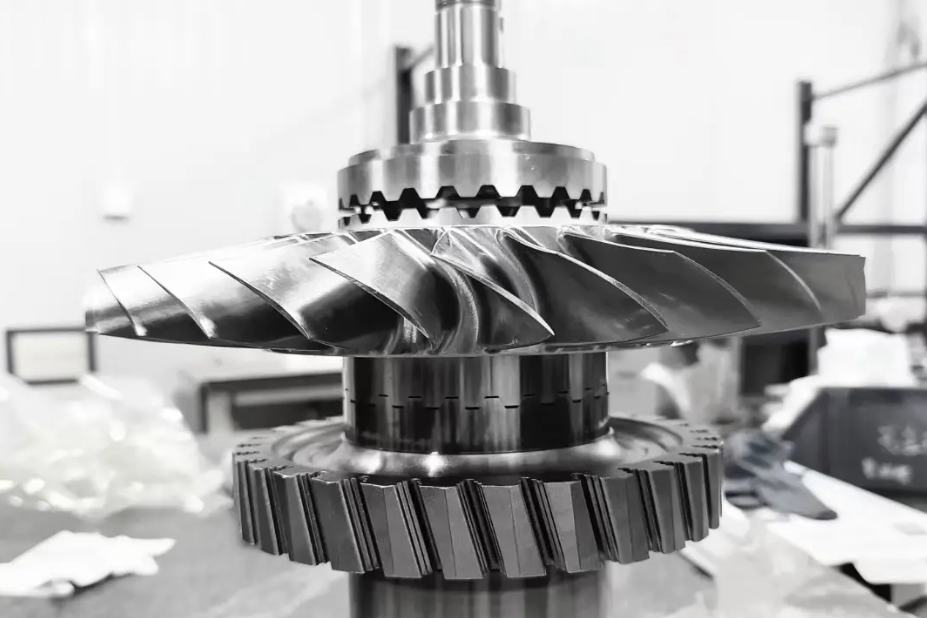How can I determine when a tool needs to be replaced?
Determining the optimal time for tool replacement is a critical decision-point in CNC machining, balancing the economic utilization of a cutting tool against the severe risks of part scrap, machine damage, and compromised quality. The replacement trigger is not a single event but a convergence of quantifiable measurements, sensory observations, and process performance indicators.
Quantifiable Wear Criteria: The Primary Standards
The most reliable method for assessing tool life is through direct measurement of wear. The industry standard focuses on Flank Wear (VB), the flat wear land that develops on the tool's clearance face. For roughing operations, where material removal rate is prioritized over surface finish, a flank wear land of 0.030 inches (0.76 mm) is a common replacement threshold. For finishing operations, where dimensional accuracy and surface integrity are paramount, this limit is drastically reduced to 0.010 - 0.015 inches (0.25 - 0.38 mm). Exceeding these limits in finishing, a core aspect of our precision machining service, leads to rapid degradation of surface finish, loss of tolerance, and increased rejection rates.
Another critical metric is Crater Wear (KT) on the tool's rake face. A depth exceeding 0.004 inches (0.1 mm) or wear that threatens the structural integrity of the cutting edge warrants replacement. For tools involved in producing critical as machined surface finish, even minor cratering can be unacceptable as it alters chip flow and impairs surface quality.
Sensory and Process Indicators: The Practical Signals
Beyond measurements, machinists must be attuned to the process's auditory and visual feedback. The onset of a sharp chattering or screeching sound is a definitive sign of excessive wear, indicating vibration that can damage the workpiece, the tool, and the machine itself. This is particularly critical in processes like CNC milling and CNC grinding service where stability is essential.
Changes in chip formation and color are also key indicators. In steel machining, a transition from a healthy blue/brown chip to a silver-white chip suggests the tool is rubbing instead of shearing, generating excessive heat. The appearance of large, ragged burrs on the workpiece is a clear sign of a dull tool deforming the material rather than cutting it cleanly, often necessitating additional secondary operations like tumbling and deburring.
Performance and Quality Degradation: The Final Arbiters
Monitoring machine and part quality provides the ultimate test. A sustained increase of 10-15% in spindle load or power consumption indicates the tool is working harder due to a worn edge, signaling that replacement is near. The most unambiguous indicator is a deviation in the workpiece itself. If a part falls out of tolerance or exhibits a deteriorating surface finish—such as deep feed marks or a torn appearance—the tool must be replaced immediately, regardless of its measured wear. This proactive approach is fundamental to our one stop service to ensure parts are correct before moving to value-added stages like CNC aluminum anodizing service.
For challenging materials like those in our superalloy CNC machining service, these indicators appear more rapidly, necessitating even more vigilant monitoring to prevent costly failures and ensure consistent output from prototyping through to mass production.



